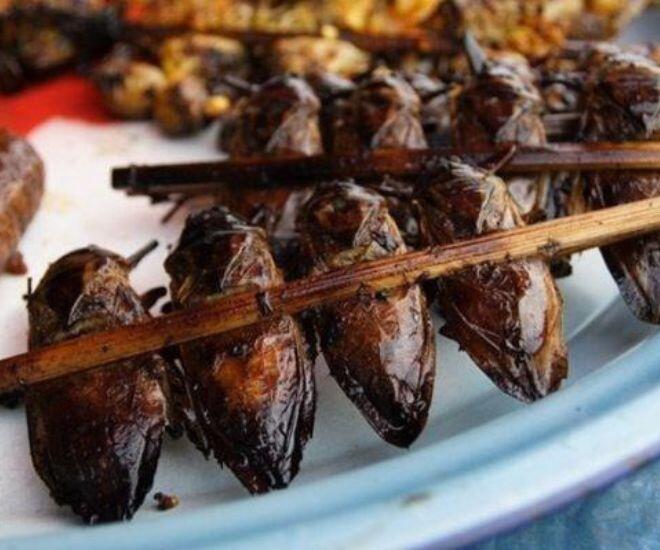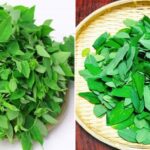Ninh Binh, a land of stunning natural beauty with its characteristic flooded fields and undulating mounds, is also home to a diverse range of flora and fauna, including the unique water bug known as “ca nieng.” While this beetle may appear rather unassuming at first glance, its culinary potential is undeniable, earning it a well-deserved spot on the must-try food list for anyone visiting this ancient capital.
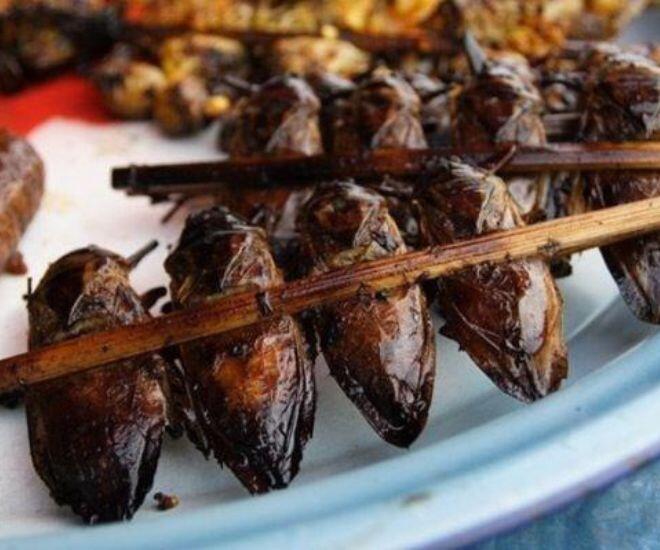
Locally known as “deep-water beetle” or “nieng nieng,” ca nieng is a close cousin of the famous “ca cuong,” a delicacy once reserved for Northern emperors. Despite their similar appearance, with black, slightly hardened wings and a tiny body the size of a pinky finger, ca nieng offers a distinct culinary experience. While ca cuong is renowned for its pungent, spicy aroma, ca nieng captivates diners with its nutty and buttery flavors.
These beetles thrive in flooded rice paddies abundant with năn grass, lác grass, and lush algae—the perfect natural habitat for their growth. The deep connection with the paddy fields infuses a sense of soulfulness into the ca nieng dish, reflecting the richness and simplicity of Ninh Binh’s rural landscape.
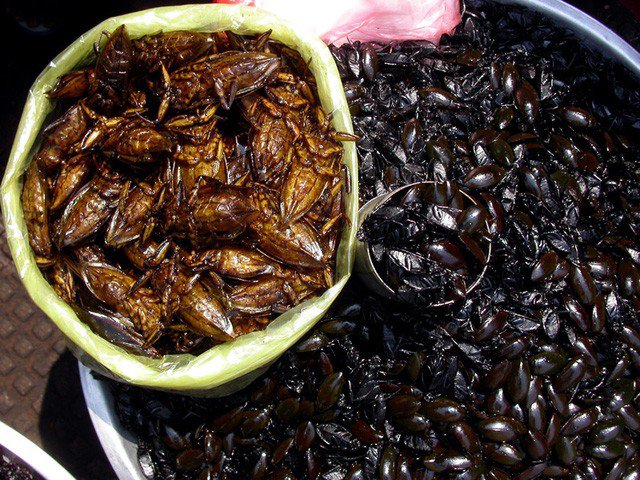
Harvesting ca nieng is a straightforward affair. During the quiet hours of the late afternoon, when the agrarian work is done for the day, locals venture into the fields and easily collect a basketful of these water beetles. However, transforming these seemingly coarse creatures into a renowned delicacy requires skill and precision in the kitchen.
Once harvested, ca nieng undergoes a meticulous cleaning process: legs are plucked, hard wings removed, and insides carefully scooped out. They are then thoroughly washed to ensure hygiene and freshness. The most popular dish made from ca nieng is the stir-fried version. Similar to stir-frying shrimp or small fish, ca nieng is cooked in a hot wok with fish sauce, salt, and other basic seasonings.
The flavors meld beautifully with each beetle, and the skilled stir-frying technique results in a mouthwatering dish that pairs perfectly with rice. Each stir-fried ca nieng turns a captivating shade, becoming crisp and emitting a rustic yet alluring aroma. The magic of this dish lies in its balanced flavors—not too overpowering yet sufficiently stimulating to the palate, and buttery without being overly rich.
This dish embodies the essence of rural cuisine, where ingredients are maximized and prepared with heartfelt simplicity, often resulting in delightful surprises. For first-time tasters, the nutty and savory flavors of ca nieng can be a delightful revelation, even surpassing the appeal of silkworm pupae or ca cuong. The humble and unassuming ca nieng stir-fry has a powerful draw, especially when enjoyed with hot rice.
The sticky fragrance of the rice blends beautifully with the buttery, crispy, and well-seasoned ca nieng, creating an unexpectedly harmonious combination. Many diners find themselves devouring two to three bowls of rice without realizing it, as the flavors of ca nieng naturally stimulate the appetite, making it hard to stop eating.
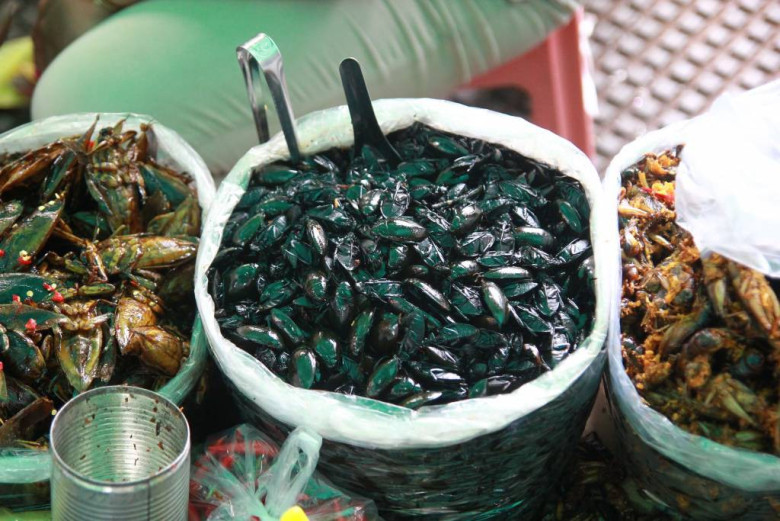
However, the most intriguing aspect of enjoying ca nieng in Ninh Binh lies in the local’s unique dining tradition. As the meal comes to an end, they often take a piece of crispy burnt rice, place a few stir-fried ca nieng in the center, and roll it up. Biting into this rice roll with a ca nieng filling releases a subtle rustic flavor that lingers in the throat. The crispiness of the burnt rice combined with the buttery texture of ca nieng creates a distinctive culinary experience, transporting diners back to the simplicity and authenticity of Vietnamese village life.
This is not just a way of eating but a cultural expression, a way of fully embracing the flavors of Ninh Binh’s land and people. Despite the myriad of garden dishes across the three regions of Vietnam, ca nieng of Ninh Binh holds a unique position due to its unparalleled flavor. It symbolizes the simplicity and cultural depth of the ancient capital’s cuisine.
When visiting Ninh Binh, don’t miss the opportunity to discover and indulge in this authentic delicacy. The flavors of ca nieng will leave you with unforgettable memories of a land rich in heritage and culinary delights infused with the essence of rural Vietnam.
This Fish is a Catch: A Cheap, Omega-Rich Alternative to Salmon with Lower Mercury Concerns.
“When it comes to omega-3 nutrition, salmon often steals the spotlight. However, there’s an affordable and equally nutritious alternative native to Vietnam – a local fish that’s abundant in omega-3 and offers a host of health benefits. Read on as we dive into the wonders of this aquatic delight and explore why it deserves a place on your plate and in your heart.”
Why Do You Need to Scrunch the Leaves of “Rau Ngót” Before Cooking?
“When cooking with rau ngót, a popular Vietnamese green vegetable, it is common practice to crush the leaves before adding them to the pot. But why do so many people follow this unusual step? The answer lies in a combination of tradition and science, as crushing the leaves not only helps to release their unique flavor but also maximizes the nutritional benefits this humble vegetable has to offer.”
The Unsung Hero of Vietnamese Waters: A Nutritional Treasure Trove, Right Under Our Noses.
Herring is a type of fish that is very familiar to the Vietnamese, especially those in the coastal provinces of Central and Southern Vietnam. This humble yet nutritious fish has been a staple in the diets of many locals, with its versatile nature allowing for a variety of delicious dishes. From the fresh and tangy sour herring soup to the savory and aromatic grilled herring, this fish has found its way into the hearts and culinary traditions of the region.


























